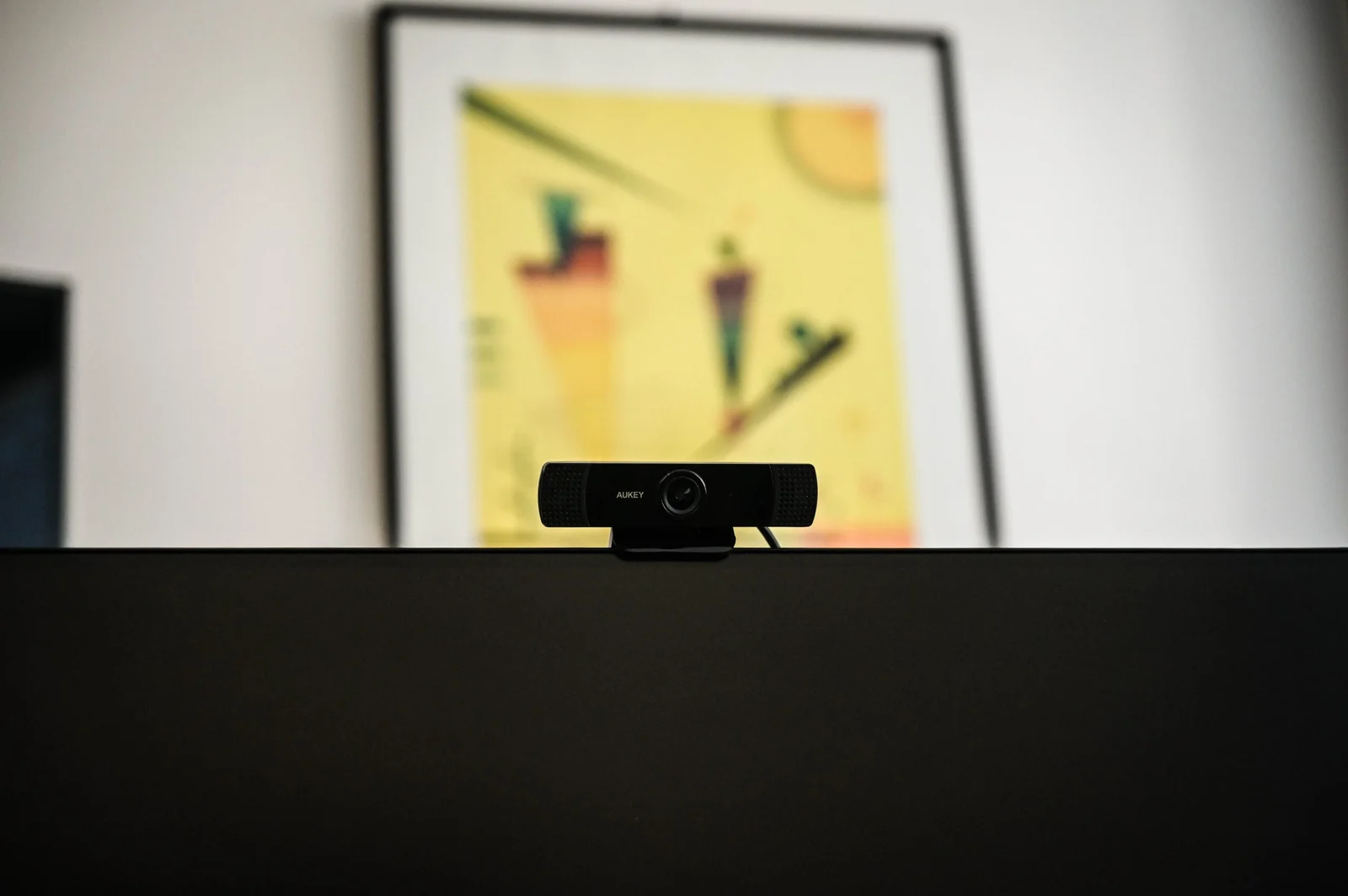
Introduction
In today’s digital age, webcams have become an integral part of our lives. Whether it’s for video conferencing, online classes, or simply staying connected with loved ones, webcams play a crucial role in facilitating virtual interactions. However, with the increasing prevalence of cyber threats and privacy concerns, it is essential to understand and utilize the webcam privacy settings available on various platforms.
Windows
Windows, being one of the most widely used operating systems, offers several options to protect your privacy while using a webcam. One of the key features is the ability to control which apps have access to your webcam. By navigating to the Privacy settings, you can easily manage app permissions and decide which apps can use your webcam. Additionally, Windows also provides an indicator light that turns on when the webcam is in use, giving you a visual cue and ensuring transparency.
Mac
Mac users can also take advantage of built-in privacy settings to safeguard their webcam. In the System Preferences, you can navigate to the Security & Privacy section and manage app permissions for the camera. Mac also provides an indicator light that turns on when the webcam is active, giving users peace of mind and control over their privacy.
Android
With the widespread use of smartphones, it’s important to address webcam privacy settings on Android devices. Android offers granular control over app permissions, allowing users to grant or revoke access to the camera. By going to the App Permissions section in the Settings menu, you can manage which apps can access your webcam. It’s advisable to review these permissions periodically to ensure your privacy is protected.
iOS
Similar to Android, iOS provides users with the ability to manage app permissions for the camera. By going to the Privacy settings, you can control which apps have access to your webcam. iOS also includes an indicator light that turns on when the camera is active, providing users with a visual cue and enhancing privacy.
Web-based Platforms
Web-based platforms, such as video conferencing services and social media sites, often require access to your webcam. It’s crucial to review and understand the privacy settings provided by these platforms. Most platforms allow you to control who can access your webcam and provide options to disable or enable the camera during video calls. Take the time to explore these settings and adjust them according to your comfort level.
Best Practices for Webcam Privacy
While platform-specific privacy settings are important, there are also general best practices to ensure webcam privacy:
- Keep your operating system and apps up to date to benefit from the latest security features and patches.
- Use reputable antivirus software to protect against malware that may attempt to access your webcam.
- Consider covering your webcam with a physical cover when not in use for an added layer of privacy.
- Be cautious while granting webcam access to unfamiliar apps or websites, as they may compromise your privacy.
- Educate yourself about common webcam hacking techniques and stay informed about emerging threats.
Conclusion
Webcam privacy settings play a crucial role in protecting our privacy and ensuring a safe online experience. By familiarizing yourself with the privacy settings available on various platforms and following best practices, you can enjoy the benefits of webcams while maintaining control over your privacy. Stay informed, stay vigilant, and capture moments without compromising your security.